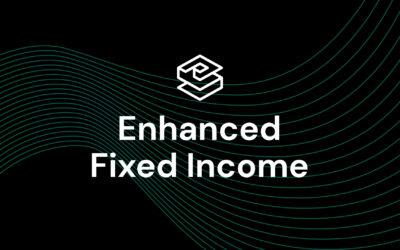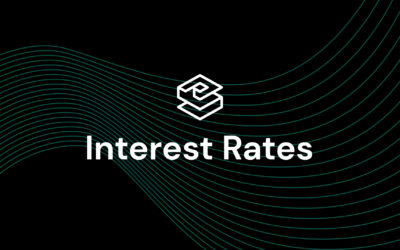As financial markets become increasingly interconnected and traditional asset allocation strategies face limitations, return stacking (sometimes referred to as portable alpha) continues to gain traction among investors. This article explores how return stacking may redefine risk management and diversification, offering a fresh perspective on portfolio construction for investors.
Return Stacked® Portfolio Solutions
Avoiding LICE: The Right and Wrong Ways to Use Leverage in Long-Term Investing
This article explores the difference between reckless and defensive leverage, highlighting how excessive leverage combined with illiquidity, concentration, or overuse (LICE) can lead to financial ruin, while strategic leverage can enhance diversification, improve capital efficiency, and manage risk.
Margin Management in Return Stacking
Understanding how margin requirements work, the conditions that could lead to a margin call, and the available mitigation strategies is crucial for any investor implementing a return stacking approach.
Rethinking Corporate Bonds: Swapping Credit Risk for Merger Arbitrage
This approach provides an alternative form of excess return while maintaining exposure to U.S. Treasuries, offering a potential way to diversify a traditional fixed-income allocation.
Carry the Yield, Ride the Trend: A Strategic Partnership
In an era defined by fluid macro regimes and shifting correlations, the old playbook for portfolio construction is showing its age. As major asset classes increasingly move in lockstep and orthodox risk premia seem more elusive than ever, advisors are compelled to seek new sources of stability and diversification.
Boosting Bond Returns: Return Stacking for Enhancing Liquidity Buckets
Learn how to optimize your retirement portfolios by enhancing intermediate-term liquidity buckets through return stacking, diversification into low-correlation strategies, and practical tools like the “twice duration minus one” rule to balance growth, liquidity, and risk.
Stacking in a Higher Interest Rate Environment
This article explores the relevance of leverage in investment strategies amid higher interest rates. The decision to use leverage should be based on the expected returns of assets rather than current interest rates.
The Risks of Leverage
We confront the two primary risks of performance risk and path-dependency risk, unveiling the delicate balance between leverage and uncorrelated assets. By drawing parallels with the familiar world of mortgages, we demystify complex …
Tracking Error: Return Stacking versus Replacement
For benchmark-sensitive investors (and, let’s be honest, who isn’t at least a little benchmark sensitive), tracking error is an incredibly important metric. If you’re unfamiliar with the term, tracking error captures the volatility in the difference of returns between your portfolio and its benchmark.
Return Stacking and the Cost of Leverage
The core idea behind return stacking is layering one investment return on top of another, achieving more than $1 of exposure for every $1 invested. Of course, if we want to invest more money than we have, it will require us to borrow, which means leverage. One of the key questions with any form of leverage is: how much does it cost?







